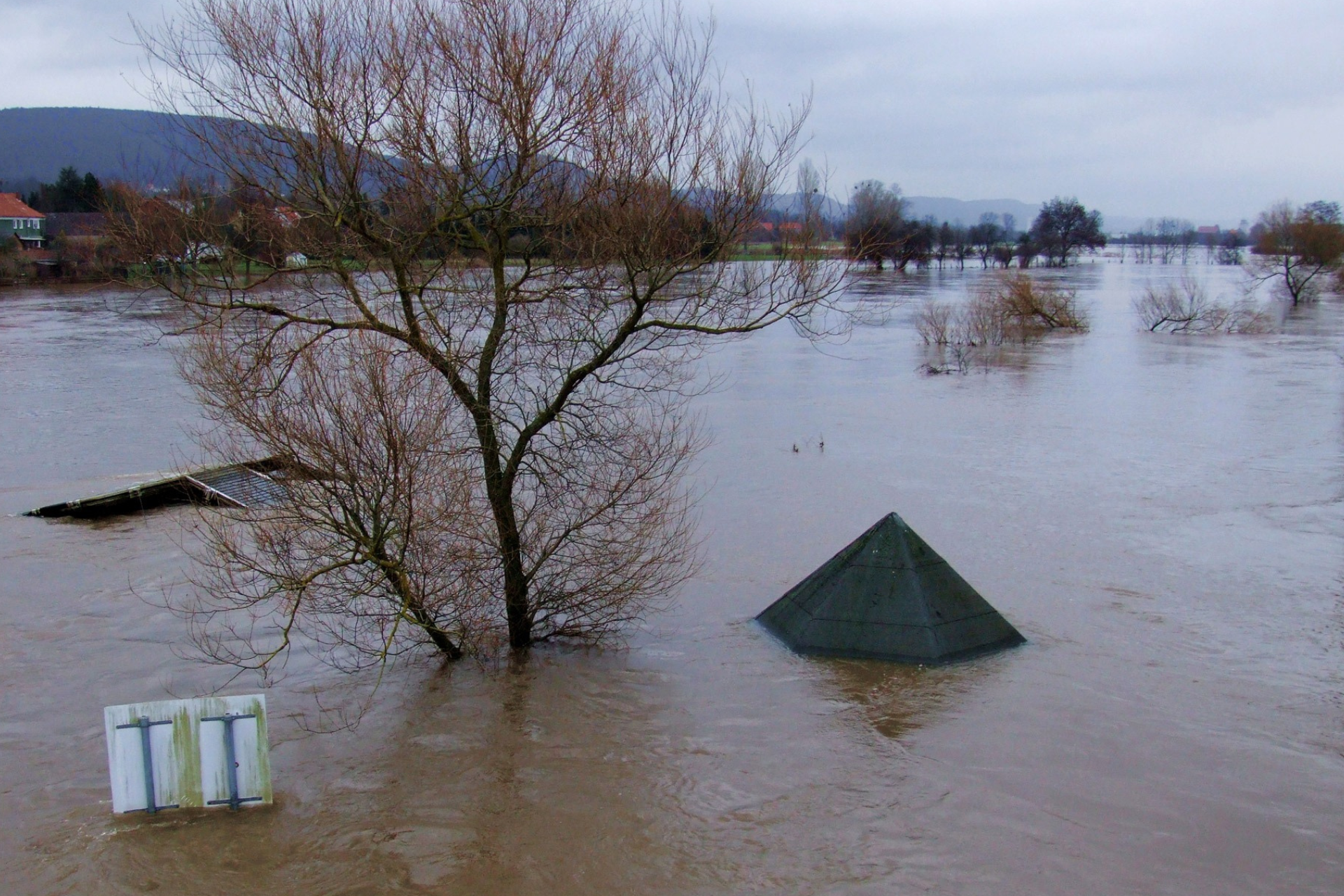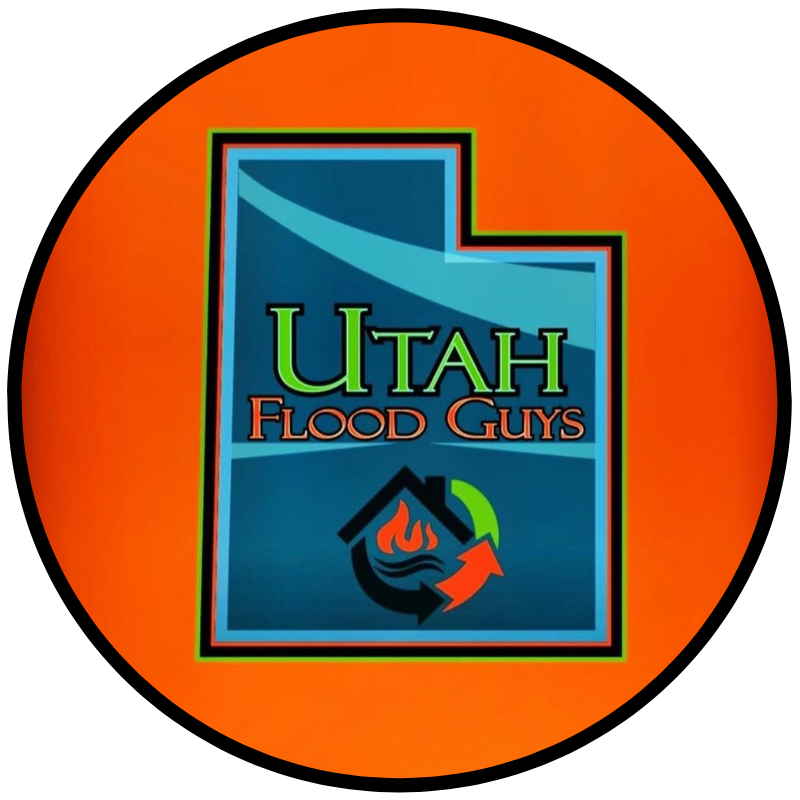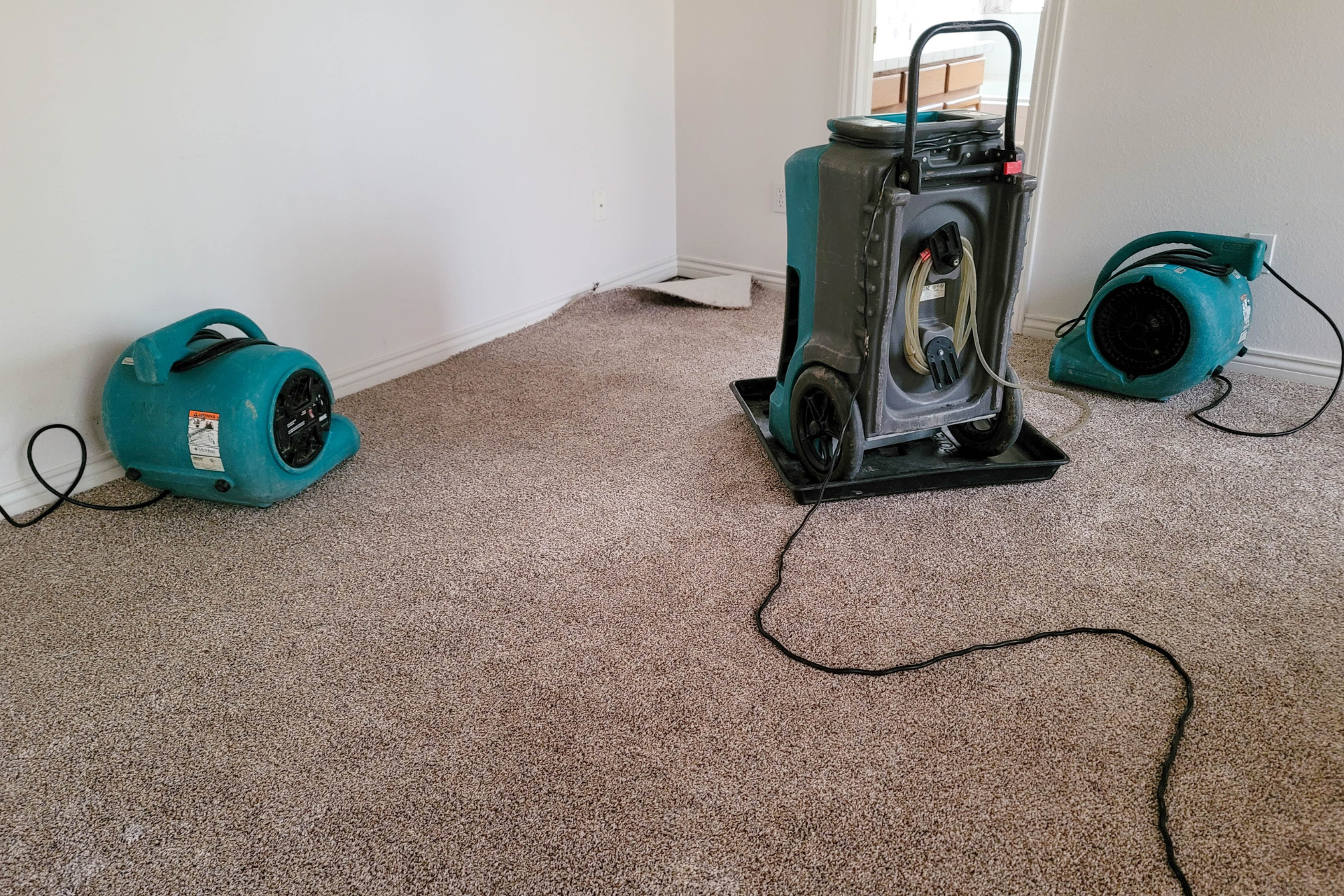How to Safely Navigate Flooded Areas: Utah Edition

Welcome back, Utah Flood Guys community! As we all know, living in Utah means dealing with the occasional natural disaster, including flooding. It's essential to know how to safely navigate flooded areas to protect yourself, your loved ones, and your property. In this blog post, we'll provide you with valuable tips to help you stay safe during a flood in Utah.
1. Stay Informed
Before venturing out during a flood, make sure you're well-informed about the current situation. Stay tuned to local news, radio updates, and official social media channels for the latest information on road closures, evacuation orders, and flood warnings in your area. Being aware of the situation can help you make more informed decisions and avoid potentially dangerous areas.
2. Plan Your Route
If you must travel through flooded areas, plan your route ahead of time. Use a map to identify alternative roads that are less likely to be flooded and have a backup plan in case your primary route becomes impassable. Avoid driving through standing water, and if you encounter a flooded street, turn around and find another way to reach your destination.
3. Be Cautious Around Water
Floodwaters can contain hidden dangers such as debris, chemicals, and contaminants that pose serious health risks. Avoid wading or swimming in floodwaters, as they can be deeper and faster-moving than they appear. If you come into contact with floodwater, wash your hands thoroughly with soap and clean water to prevent the spread of bacteria and viruses.
4. Protect Your Home
In the event of a flood, take proactive measures to protect your home and belongings. Elevate valuable items to higher ground, shut off utilities to prevent electrical hazards, and move furniture and appliances to a safe location. If you have a basement, consider installing a sump pump to prevent water damage and reduce the risk of flooding.
5. Evacuate When Necessary
If local authorities issue an evacuation order, follow their instructions promptly and evacuate to a designated emergency shelter or safe location. Don't wait until the last minute to leave, as floodwaters can rise rapidly and cut off escape routes. Remember to bring essential items such as identification, medications, and important documents with you.
6. Stay Safe After the Flood
Once the floodwaters recede, the danger isn't over yet. Be cautious when returning to your home or business, as structural damage, mold growth, and electrical hazards may be present. If your property has sustained water damage, contact Utah Flood Guys for professional restoration services to safely clean up and restore your space.
At Utah Flood Guys, we understand the challenges that flooding can pose to homeowners and businesses in Utah. Our experienced team is dedicated to providing fast and reliable restoration services for water damage, mold removal, and fire damage. Whether you're dealing with a minor leak or a major flood, you can count on us to restore your property to its pre-damage condition.
Remember, safety should always be your top priority when navigating flooded areas in Utah. By following these tips and staying prepared, you can minimize the risks associated with flooding and protect yourself and your property. Stay safe, stay informed, and don't hesitate to reach out to Utah Flood Guys for professional assistance during a flood emergency. Together, we can overcome any challenge that comes our way.
Stay safe, Utah Flood Guys community, and remember that we're here to help you recover from any disaster. Thank you for reading, and until next time, take care!



